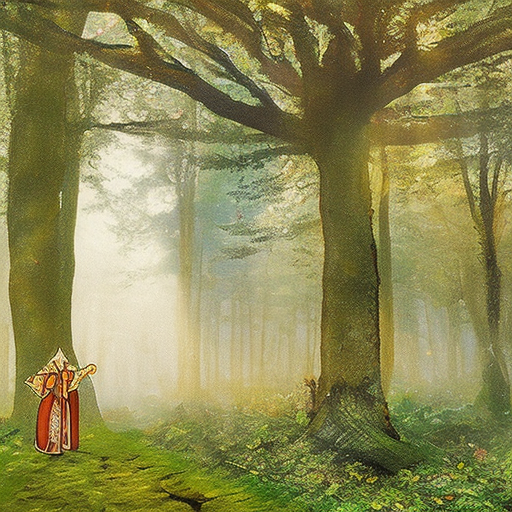Fairy Tales: A Magical World of Imagination and Morality
Fairy tales have captivated readers of all ages for centuries, transporting them to a world of enchantment, adventure, and moral lessons. These timeless stories, often passed down through generations, feature fantastical creatures, magical settings, and memorable characters that continue to resonate with audiences today. From Cinderella to Snow White, Little Red Riding Hood to Sleeping Beauty, fairy tales have become an integral part of our cultural heritage, shaping our understanding of good and evil, love and loss, and the triumph of the human spirit.
The Origins of Fairy Tales
Fairy tales have a rich and diverse history, with origins dating back to ancient civilizations. The earliest known fairy tales can be traced to ancient Egypt and Mesopotamia, where stories of gods, goddesses, and mythical creatures were passed down orally. In Europe, the Brothers Grimm played a significant role in popularizing fairy tales during the 19th century. Their collection of stories, including classics like “Hansel and Gretel” and “Rapunzel,” brought these tales to a wider audience and established many of the familiar tropes and themes that define the genre.
The Elements of Fairy Tales
Fairy tales are characterized by a set of distinctive elements that contribute to their enduring appeal. These include magical elements, such as witches, fairies, and talking animals, as well as enchanted settings like castles, forests, and faraway lands. The protagonists of fairy tales are often young and innocent, facing various trials and tribulations on their quest for happiness or self-discovery. These tales frequently feature a moral lesson or message, teaching readers about the consequences of their actions and the importance of virtues such as kindness, bravery, and perseverance.
The Influence of Fairy Tales
Fairy tales have had a profound impact on literature, art, and popular culture. Countless authors, from Hans Christian Andersen to J.R.R. Tolkien, have drawn inspiration from these tales, incorporating their themes and motifs into their own works. Fairy tales have also been adapted into numerous films, both animated and live-action, bringing these beloved stories to life on the silver screen. Moreover, fairy tales have become a source of inspiration for artists, who have reimagined these stories through their paintings, sculptures, and illustrations.
The Evolution of Fairy Tales
While fairy tales have remained popular throughout the years, they have also evolved to reflect the changing times. Modern retellings often subvert traditional gender roles and challenge societal norms, presenting more diverse and complex characters. Additionally, contemporary authors have created new fairy tales that tackle contemporary issues, such as environmentalism, social justice, and mental health. These adaptations and reinterpretations ensure that fairy tales continue to resonate with audiences of all ages and cultures.
The Universal Appeal of Fairy Tales
One of the reasons for the enduring popularity of fairy tales is their universal appeal. These stories transcend cultural boundaries, resonating with people from different backgrounds and beliefs. The themes and lessons found in fairy tales are timeless and relatable, exploring fundamental aspects of the human experience. Whether it is the struggle against adversity, the search for true love, or the quest for self-identity, fairy tales offer readers a sense of hope, wonder, and escapism.
In conclusion, fairy tales have enchanted audiences for centuries with their magical worlds, memorable characters, and moral lessons. From their ancient origins to their modern adaptations, these stories continue to captivate readers of all ages, inspiring countless works of literature, art, and popular culture. Fairy tales remind us of the power of imagination, the importance of morality, and the enduring human spirit.












